What's my surprise herb? A quest for savoury knowledge.
You bought our Ahuntsic and/or Anjou Surprise Herbs from the Marketplace and you can’t tell what’s what? We feel for you. We grow a lot of funky stuff that’s not necessarily as mainstream as parsley, sage, rosemary, and thyme...
As you might know, Lufa Farms is on a mission to find ways to use fewer resources and produce less waste. This is partly why the Surprise Herbs product was created - it allows us to harvest what’s ready to be harvested each day and ensure it doesn’t go to waste. At the same time, we have to be quick and ensure efficient day-to-day operations in our farms and distribution centre (those baskets have to get picked, packed, and delivered pronto!). And this is partly why we haven’t been identifying the bags of herbs you get. If we did, we’d have a whole lot of labels and labelling on our hands. Sooo, our team got together and came up with a pretty neat herbs guide instead. Get ready, grab a mystery herb, and let the quest begin!
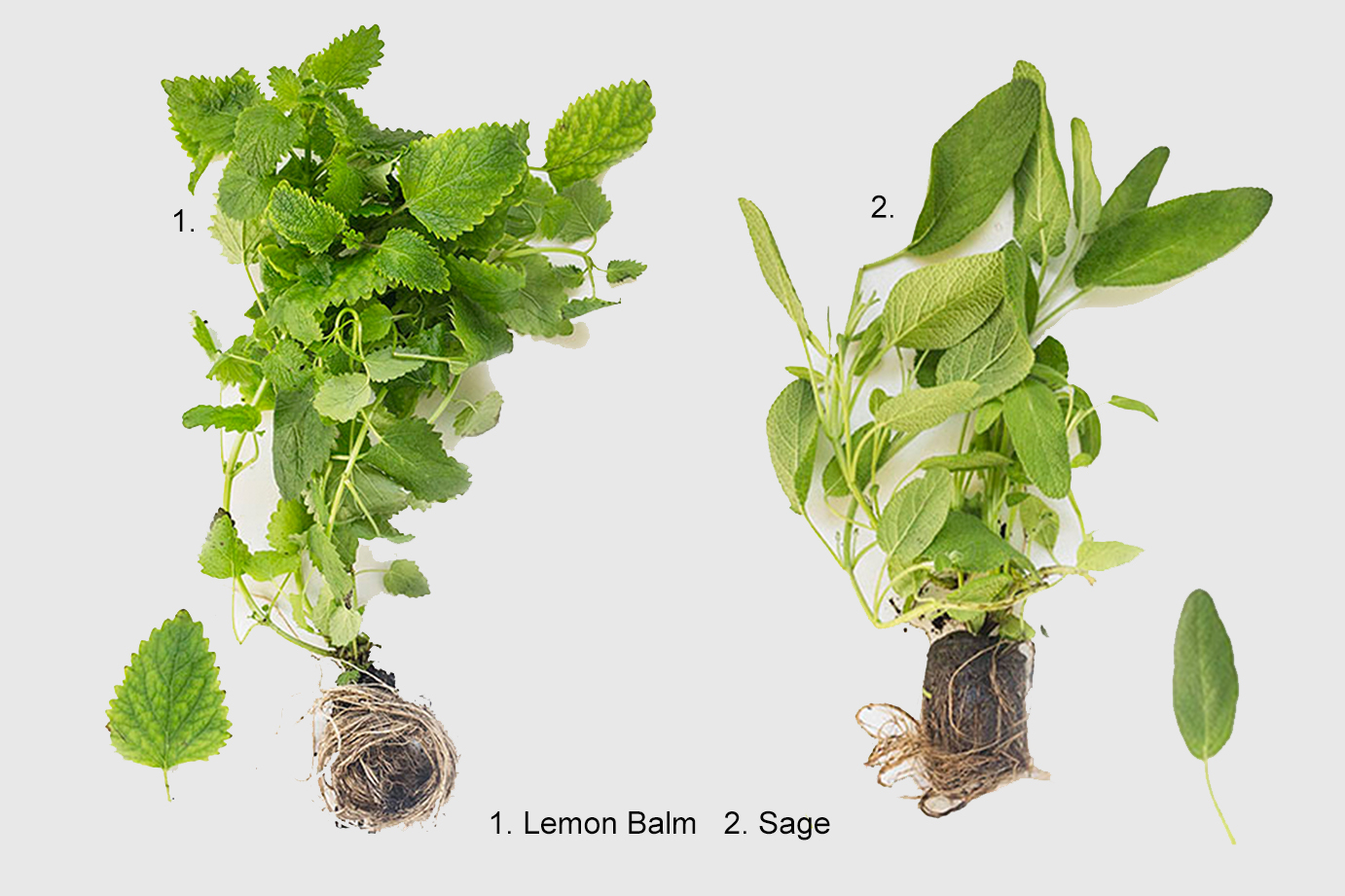
Lemon Balm. Lemon balm leaves look like large mint leaves but are usually a bit lighter in colour and with larger-toothed, irregular, serrated edges. As the name suggests, lemon balm smells and tastes a lot like lemon.
Sage. Sage has somewhat thick, oblong, almost greyish green leaves that are covered with small hairs, making them look even lighter in colour.
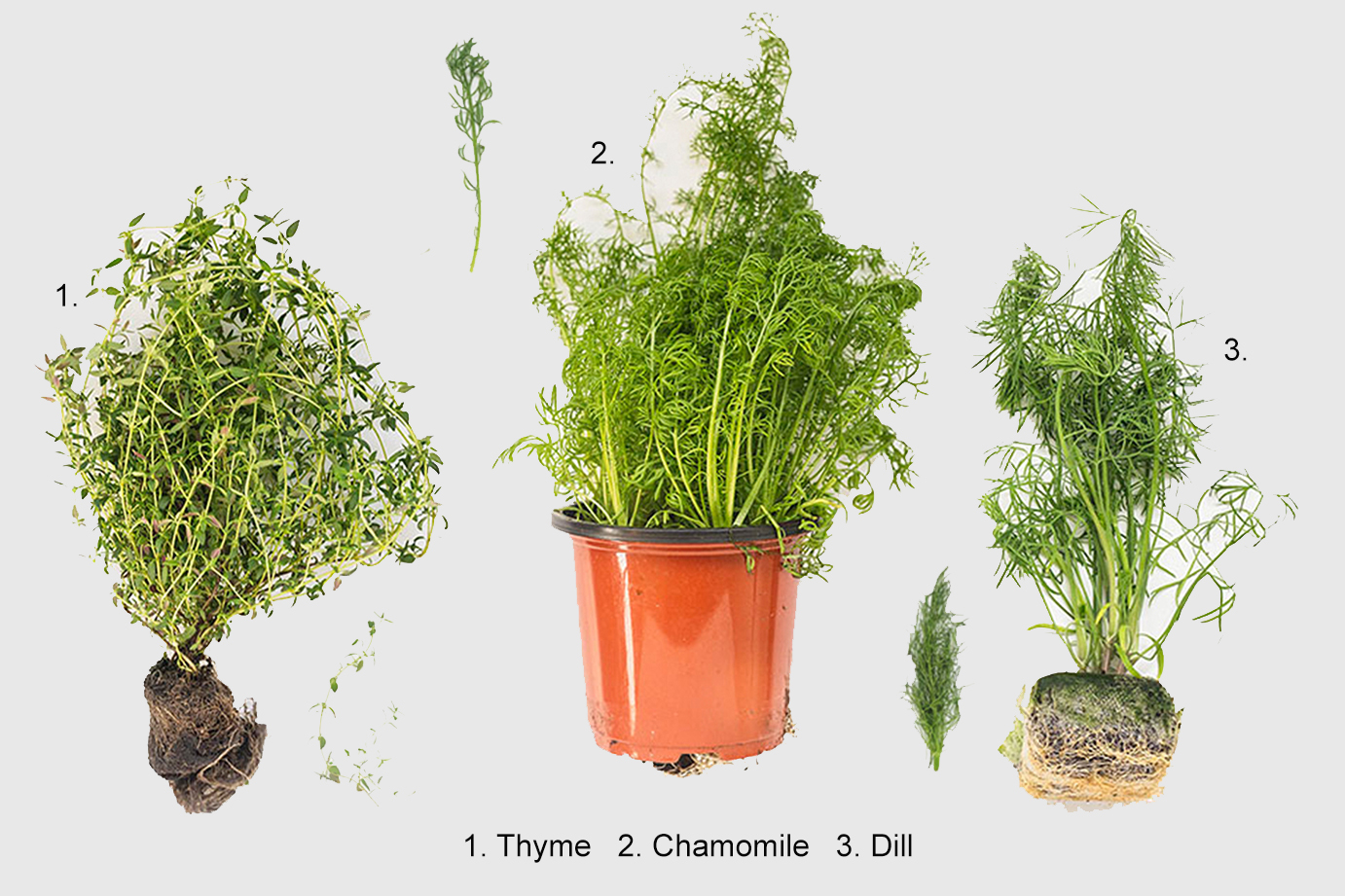
Thyme. Look for very small spearhead-shaped leaves tightly packed on little branches growing along a woody stem.
Chamomile. Hmmm. This one’s tricky (unless it’s flowering). Chamomile leaves sort of look like dill, but a bit lighter-coloured, and bushier. Our chamomile is usually sold just before flowering, so you should find small buds growing on the stem tips. Your best bet though is that soothing camomile smell. The flowers are small and white with yellow centers.
Dill. Even though this one’s easily recognizable, words to describe it don’t come easy. Imagine a leaf where only the veins would have grown, or think feathery foliage, and you’ll have a pretty good mental image (we hope). You should be able to identify the anise-like aroma as well.
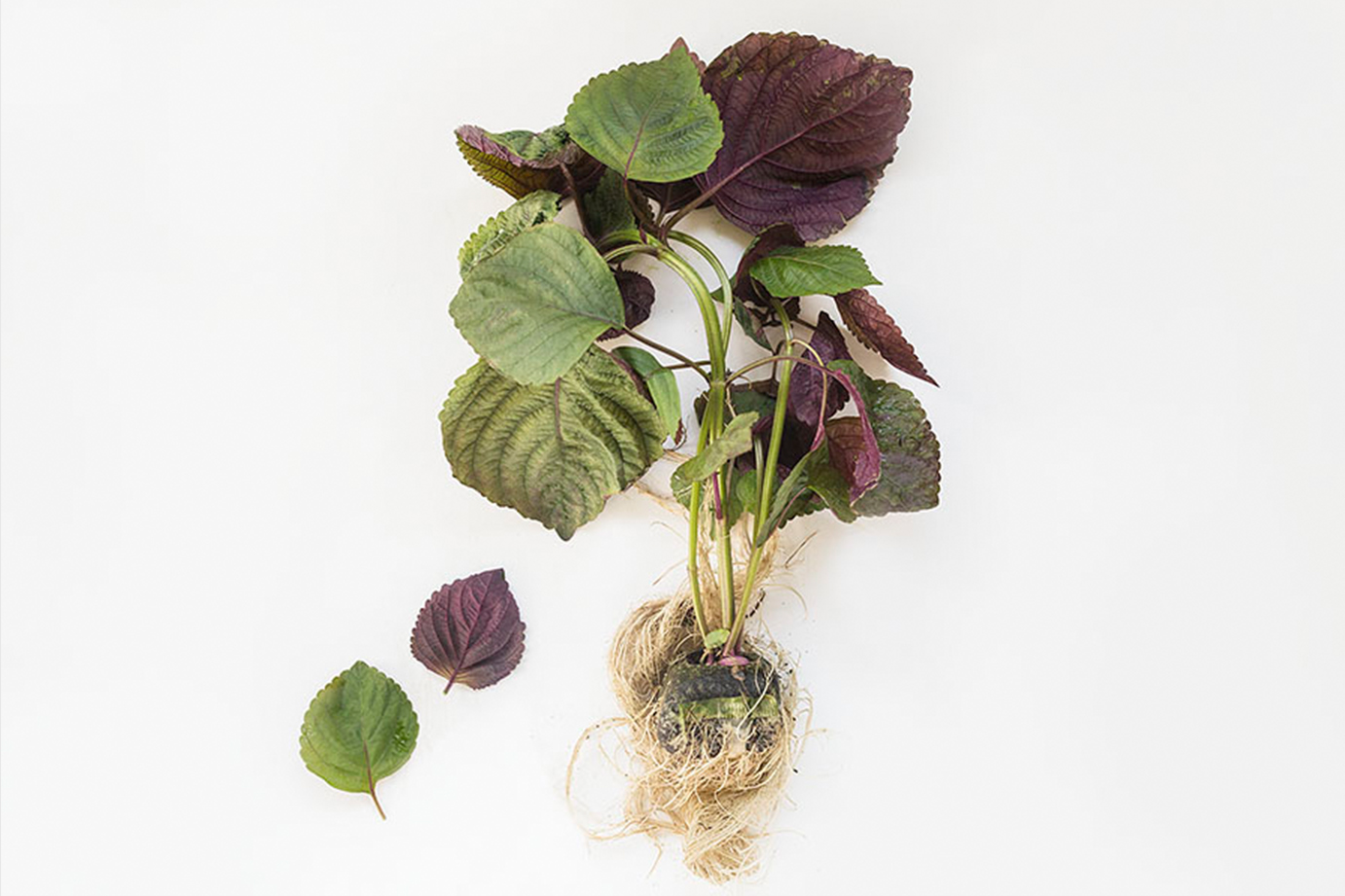
Pink Shiso. This one’s easy. Think green shiso, but dark pinkish red. Pink shiso has a unique pungent flavour with strong hints of spearmint, basil, and anise. Its leaves can be chopped and used as a condiment for Asian soups, to spice up a stir-fry or to garnish citrus salads.
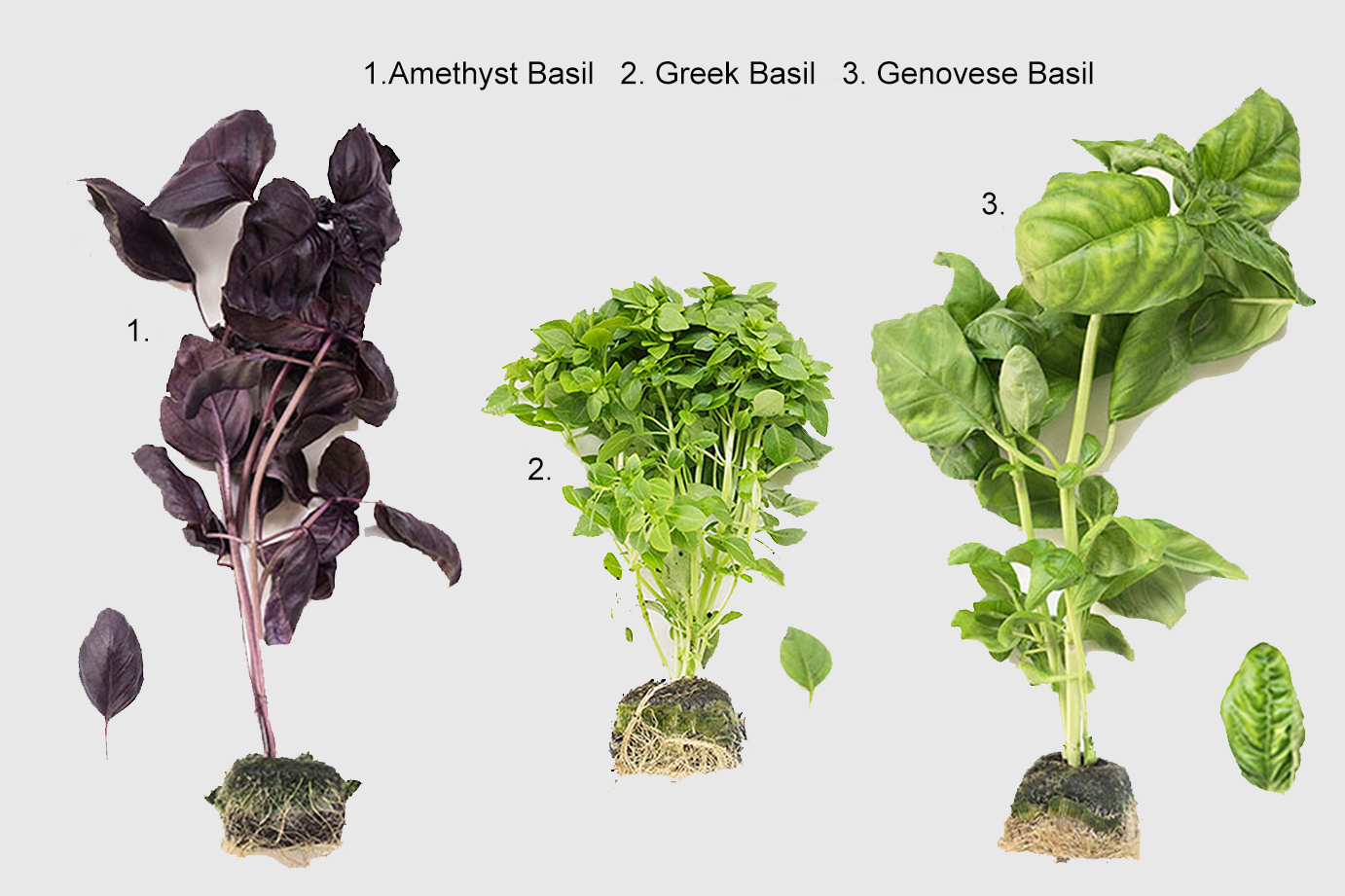
Amethyst Basil. This variety has the distinctive basil aroma but the leaves are a deep dark purple colour. Amethyst basil leaves are also much flatter than your standard Genovese basil leaves - no curled down edges. Taste-wise, it has mildly spicy flavours like clove, licorice, mint, and cinnamon. Make some red pesto or red basil lemonade!
Greek Basil. This one’s a bit more tricky as it doesn’t smell as strongly as typical basil, nor does it look much like it. Its leaves look a lot more like small mint (or even oregano) leaves than basil leaves. They’re small, green, oval, pointed, and typically tightly packed in bunches all around the stem.
Genovese Basil. This is your most standard pesto-making-type basil. You’ll first recognize its distinctive smell, but if that’s not enough, look for bright green leaves with slightly curled down edges - turned upside down they have an almost cup-like shape.
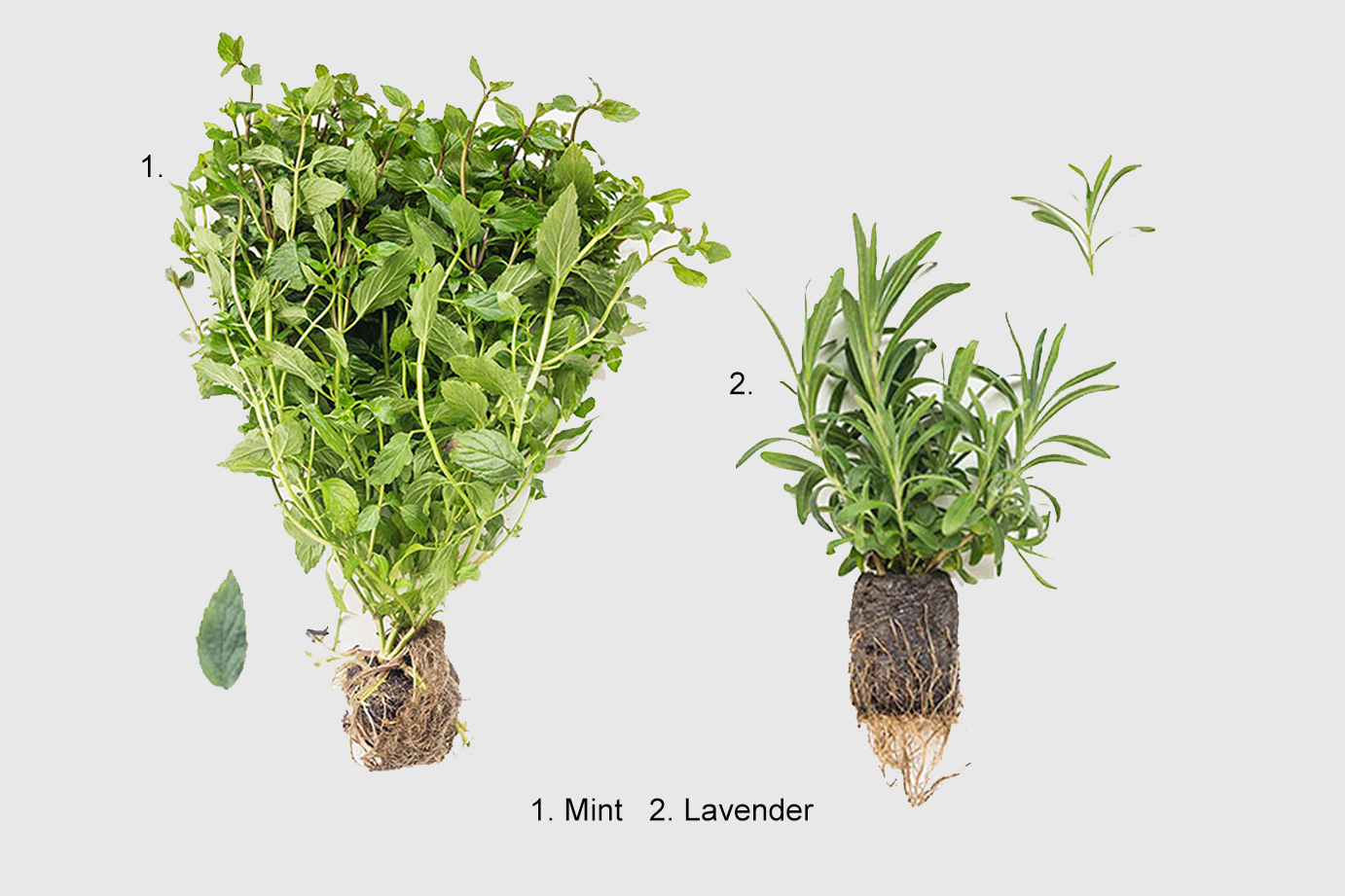
Mint. You should be able to identify mint by smell only - it smells like mint. :) Leaves are green, oval, pointed, with small-toothed, regular, serrated edges.
Lavender. With or without its beautiful light purple flowers, the smell of lavender should be a dead giveaway. If that doesn’t work for you, look for long thin leaves that grow upwards along the stem. We mostly know lavender for its uses in perfumery and herb teas, but it can also be used for cooking. It makes great ice cream, among other things!
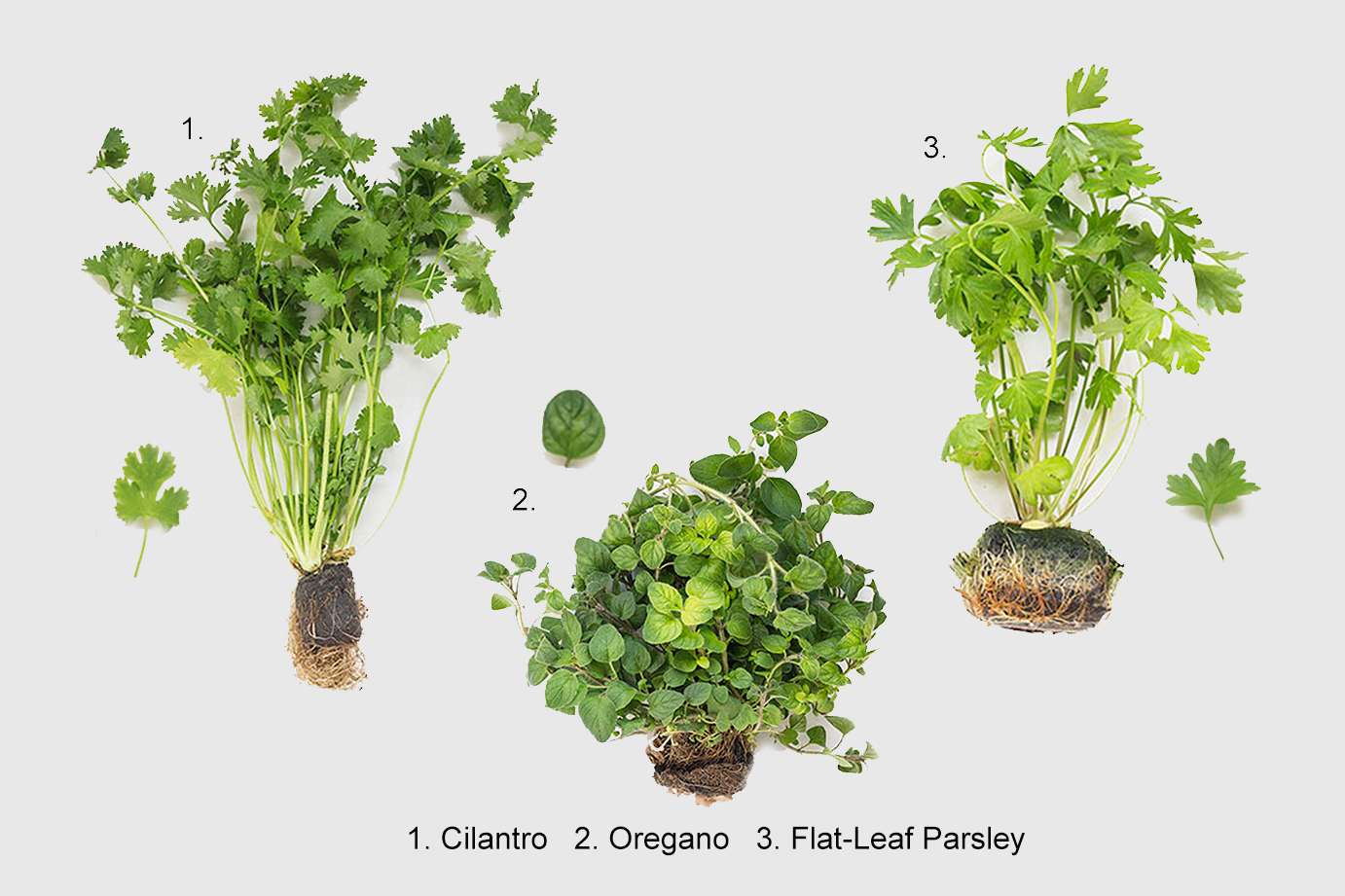
Cilantro. Cilantro looks a lot like flat-leaf parsley, but a brighter green colour, and it smells nothing like parsley. It has a very fragrant - some would even say almost soapy - smell.
Oregano. Careful, this one could easily be confused with Greek basil. Oregano leaves look a lot like small basil leaves but they typically curl up instead of down, giving them a bit of a cup-like shape.
Flat-Leaf Parsley. To identify flat-leaf parsley, think in threes. Typically a flat-leaf parsley stem is topped by three groupings of three leaves, each leaf being made up of three lobes.
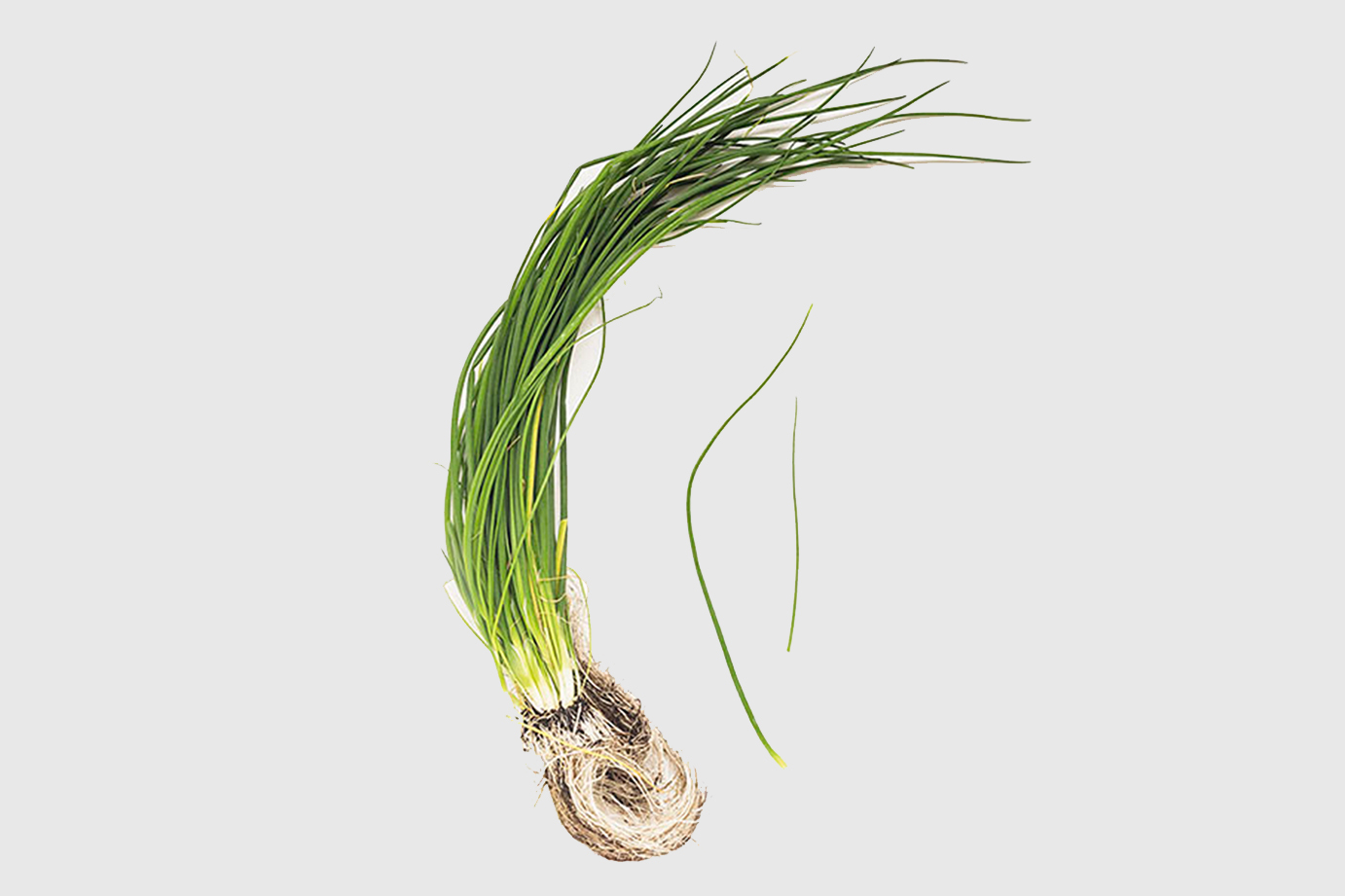
Chives. Chives kinda look like tall blades of grass, but cut them and you’ll find them hollow like a straw. Their onion-like smell and taste are also a dead giveaway.
Bon appétit!
